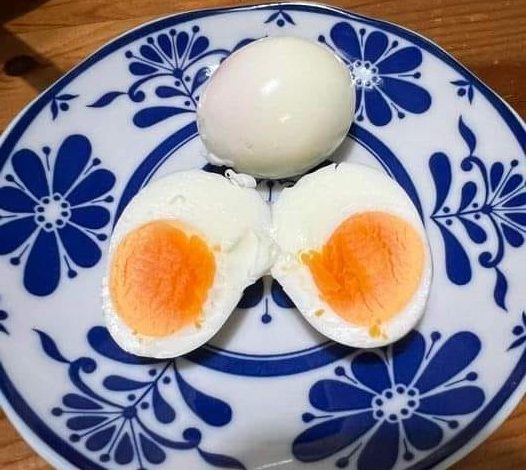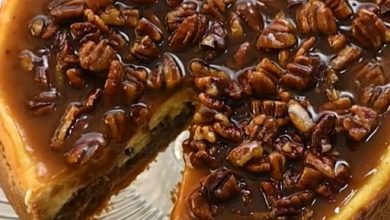RECIPES
The Perfect Boiled Egg: Achieving the Ideal Texture Every Time

ADVERTISEMENT
The Perfect Boiled Egg: Achieving the Ideal Texture Every Time
Boiled eggs are a versatile and nutritious addition to any meal. Whether you prefer them soft-boiled with a runny yolk, medium-boiled with a slightly firmer center, or hard-boiled with a fully cooked yolk, mastering the art of boiling eggs is essential. This comprehensive guide will help you achieve the perfect boiled egg every time, tailored to your preference.
Ingredients:
- Eggs (as many as desired)
- Water
- Ice (for an ice bath)
Equipment:
- Saucepan
- Slotted spoon
- Bowl
Step-by-Step Guide:
- Select Fresh Eggs:
- Start with fresh eggs for the best results. Fresh eggs are less likely to have air pockets between the shell and the egg white, making them easier to peel.
- Prepare the Eggs:
- Place the eggs in a single layer in a saucepan. Do not stack them, as they may crack during cooking.
- Add Water:
- Fill the saucepan with cold water until the eggs are covered by at least an inch of water. Using cold water ensures even cooking.
- Bring to a Boil:
- Place the saucepan over medium-high heat and bring the water to a rolling boil. Once the water reaches a boil, reduce the heat to medium-low to maintain a gentle simmer.
- Timing the Boil:
- Soft-Boiled Eggs (Runny Yolk): Boil for 4-6 minutes, depending on how runny you like the yolk.
- Medium-Boiled Eggs (Slightly Firm Yolk): Boil for 7-8 minutes.
- Hard-Boiled Eggs (Fully Cooked Yolk): Boil for 9-12 minutes.
- Prepare an Ice Bath:
- While the eggs are boiling, prepare a bowl of ice water. This ice bath will stop the cooking process immediately and make peeling easier.
- Transfer to Ice Bath:
- Once the eggs have reached your desired doneness, use a slotted spoon to transfer them to the ice bath. Let the eggs sit in the ice water for at least 5 minutes. This cooling process prevents overcooking and helps create a cleaner separation between the egg white and the shell.
- Peel the Eggs:
- Gently tap the cooled eggs on a hard surface to crack the shell. Roll the egg between your hands to loosen the shell, then start peeling from the wider end where there is usually an air pocket. Peeling under running water can also help remove any small bits of shell.
- Serve and Enjoy:
- Serve the eggs immediately or store them in the refrigerator for up to a week. Soft-boiled eggs are best enjoyed warm, while medium and hard-boiled eggs can be eaten warm or cold.
Additional Tips:
- Piercing the Shell:
- Some people like to pierce the wider end of the egg with a pin to prevent cracking and make peeling easier. This is optional and depends on personal preference.
- Steam Method:
- An alternative to boiling is steaming the eggs. Place the eggs in a steamer basket over boiling water and cover. Steam for the same amount of time as boiling for your desired doneness. This method can result in eggs that are even easier to peel.
- Storing Boiled Eggs:
- If you plan to store boiled eggs, keep them unpeeled in a covered container in the refrigerator. Peeled eggs should be consumed within a few days for the best quality.
By following these steps, you can achieve the perfect boiled egg every time, customized to your liking. Whether you enjoy them on their own, in salads, or as part of a larger dish, perfectly boiled eggs are a simple yet delightful culinary achievement.




